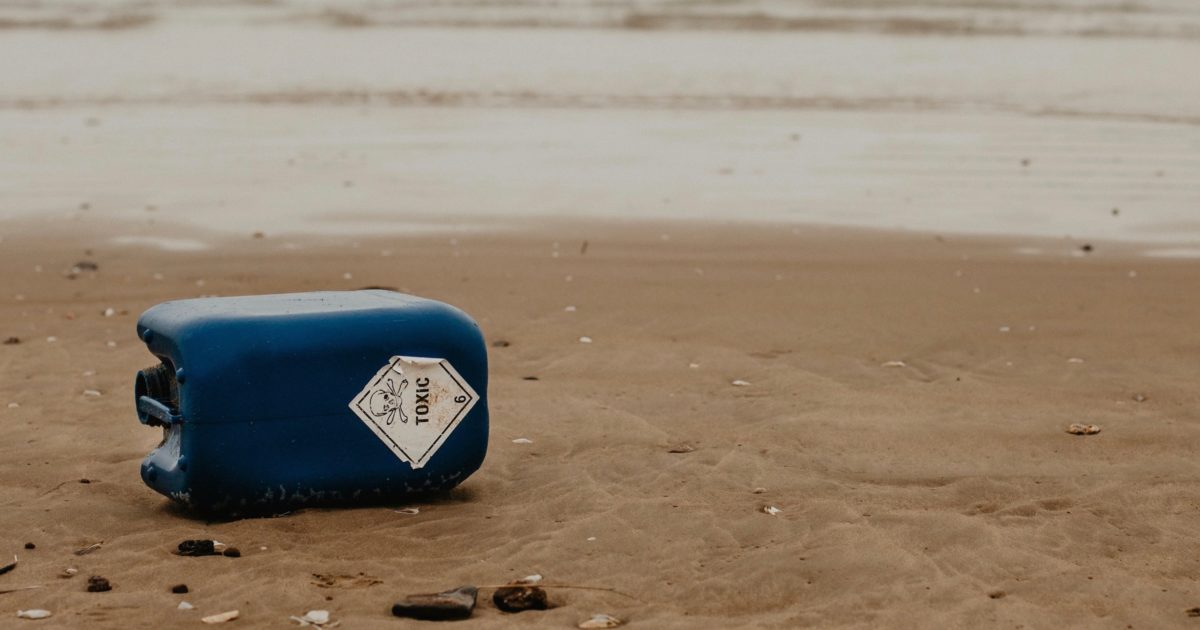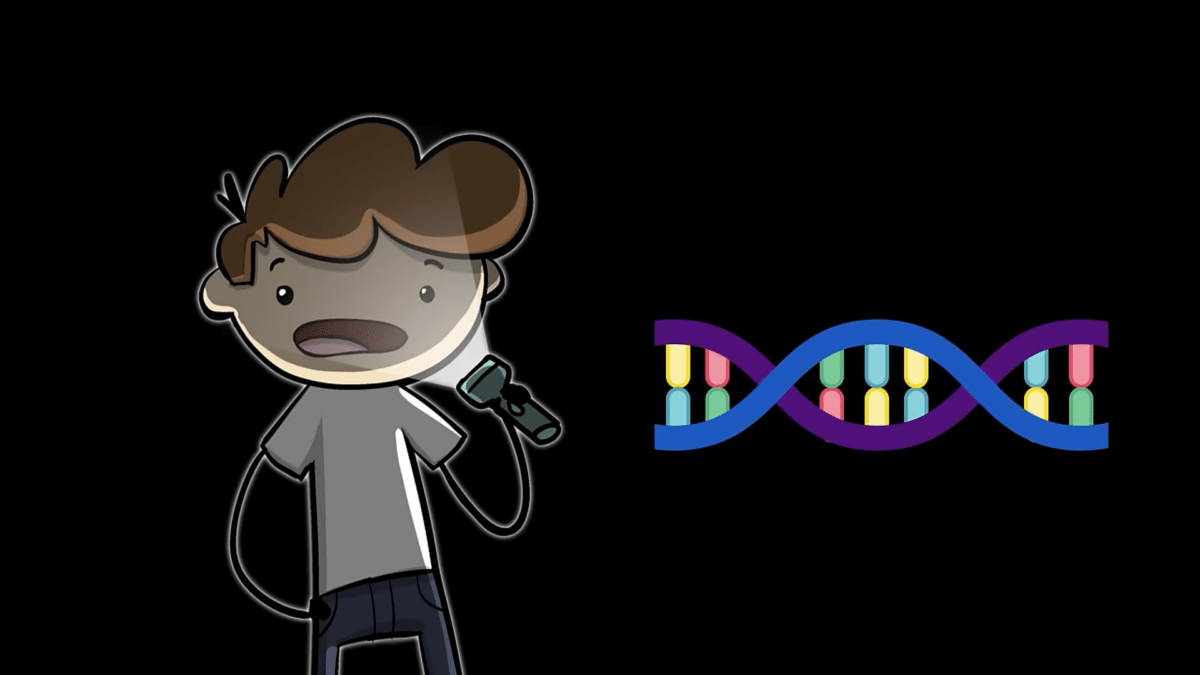
Rob Stadler received a PhD from the Harvard/MIT Division of Health Sciences and Technology. As a scientist in the medical device industry, he has obtained 150 US patents and has contributed to devices that are implanted in millions of patients with heart disease. Rob is author of The Scientific Approach to Evolution: What They Didn't Teach You in Biology and co-author of The Stairway to Life: An Origin-of-Life Reality Check.
Archives


Top Ten Cheats in “Monumental” Origin of Life Research
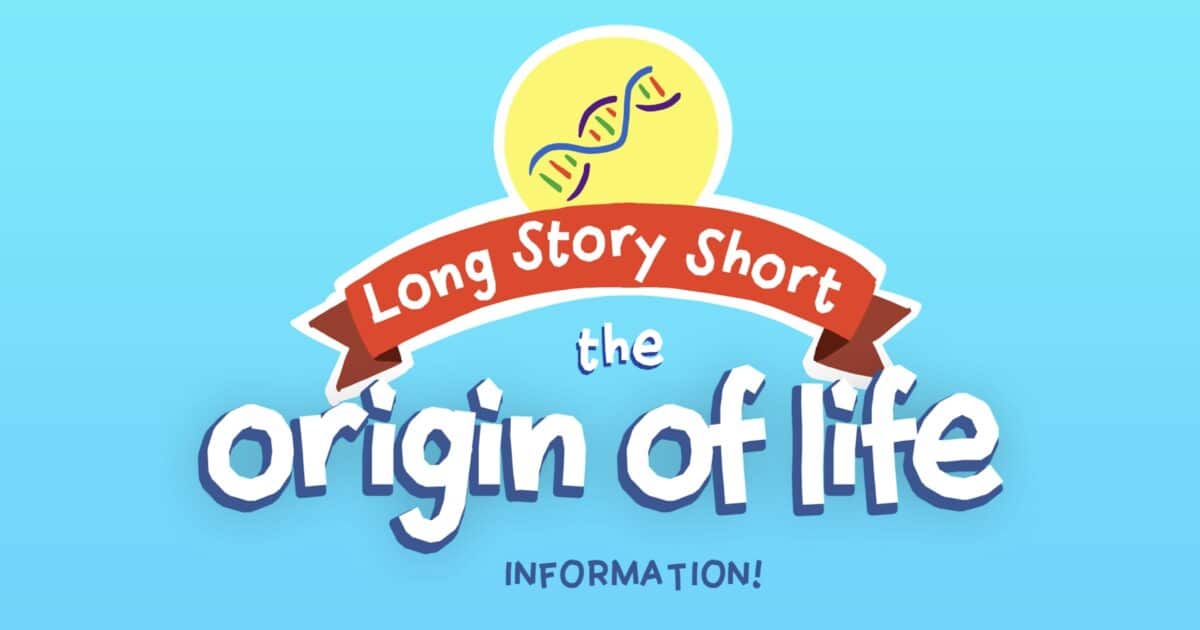
New Long Story Short Video Examines Information and the Origin of Life

The Simple Life: Abiogenesis Gets Another Reality Check

Could Blind Forces Build a Self-Replicating Molecule?

On Origin of Life, “Stated Clearly” Has Clearly Misled Viewers
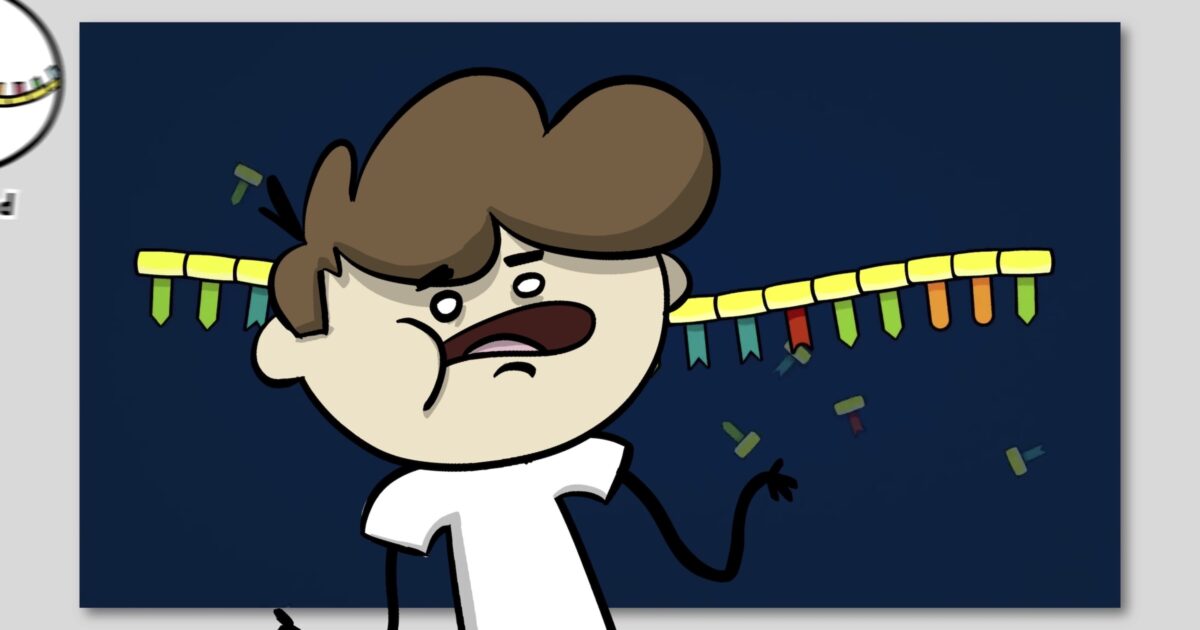
Long Story Short Debunks Another Tall Tale of Self-Replication

Long Story Short Detonates Propaganda About the Origin of Life
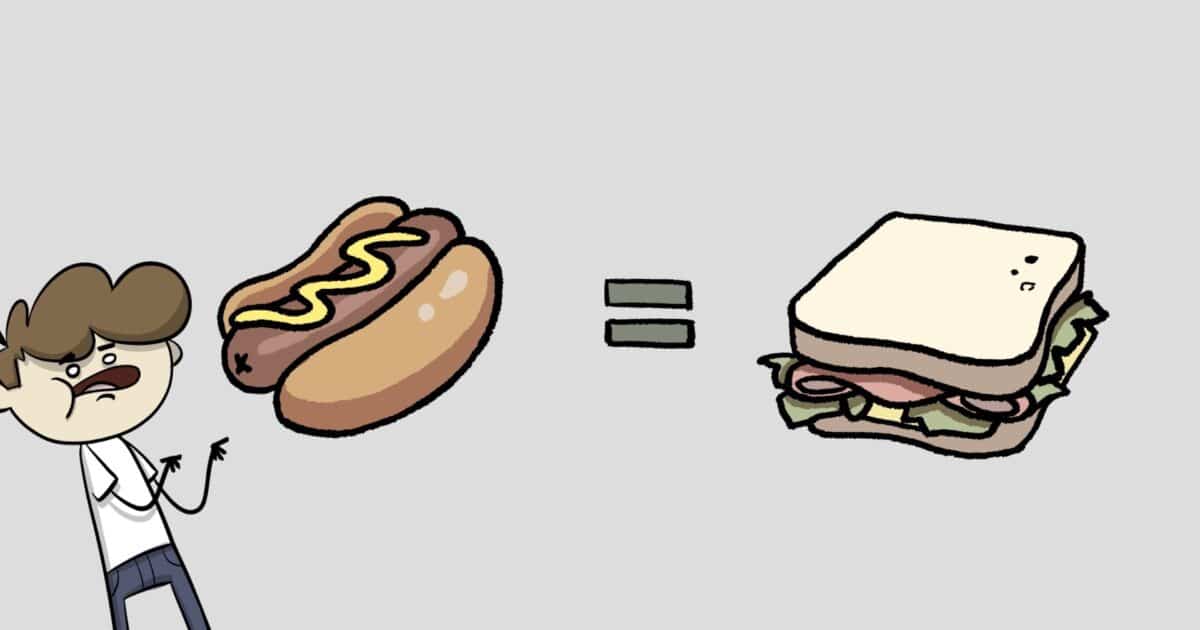
Molecular Infertility: New Long Story Short on RNA Replication and Life’s Origin

An Origin-of-Life Poser: No Short Cut to Energy-Harnessing

Energy Harnessing: An Achilles Heel for Origin of Life

Energy Harnessing and Blind Faith in Natural Selection

High Energy: Long Story Short Addresses “Energy Harnessing” and Life’s Origin
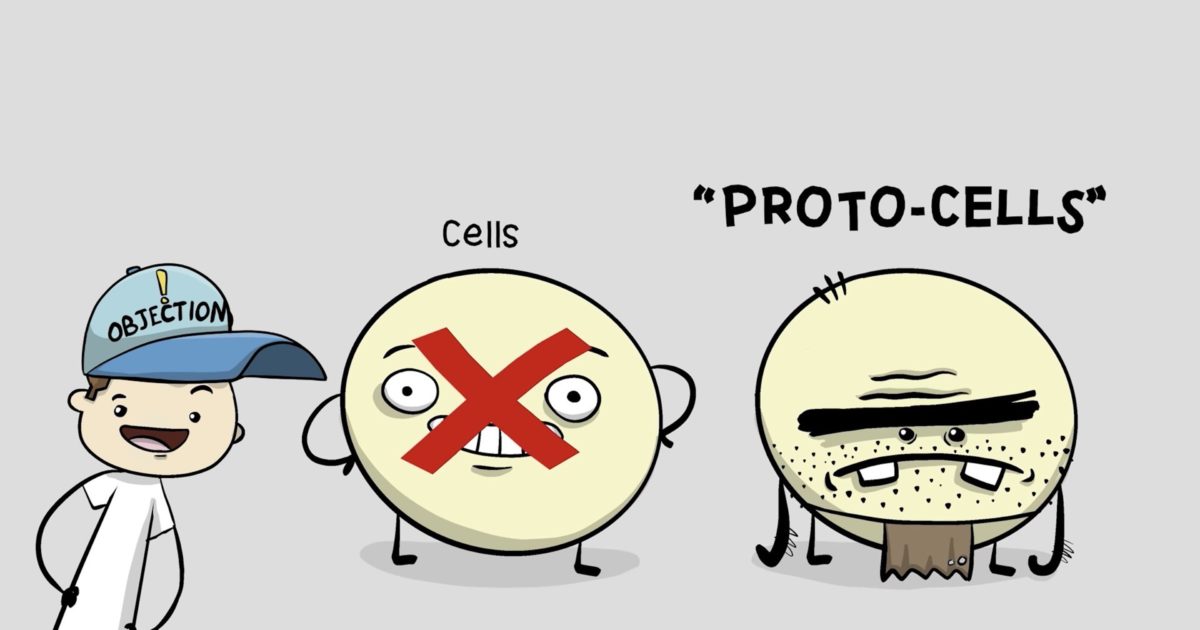
Origin of Life: Top Three Problems with Protocells
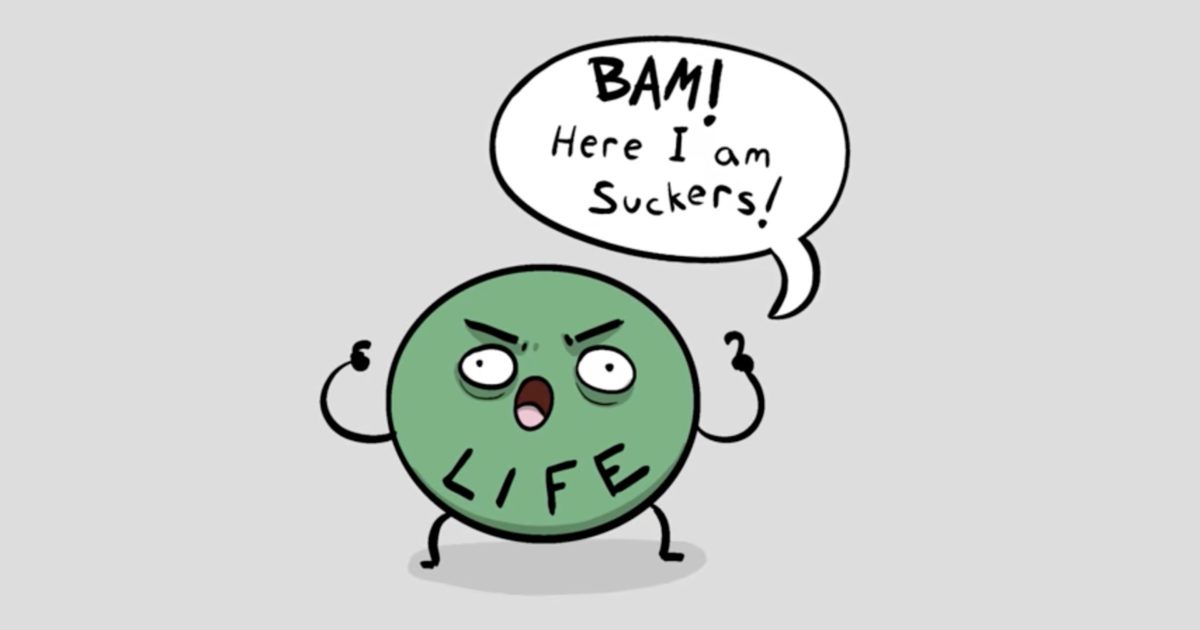
New Animated Video: Cell Membranes by Natural Processes Alone?

Long Story Short — A Strikingly Unnatural Property of Biopolymers
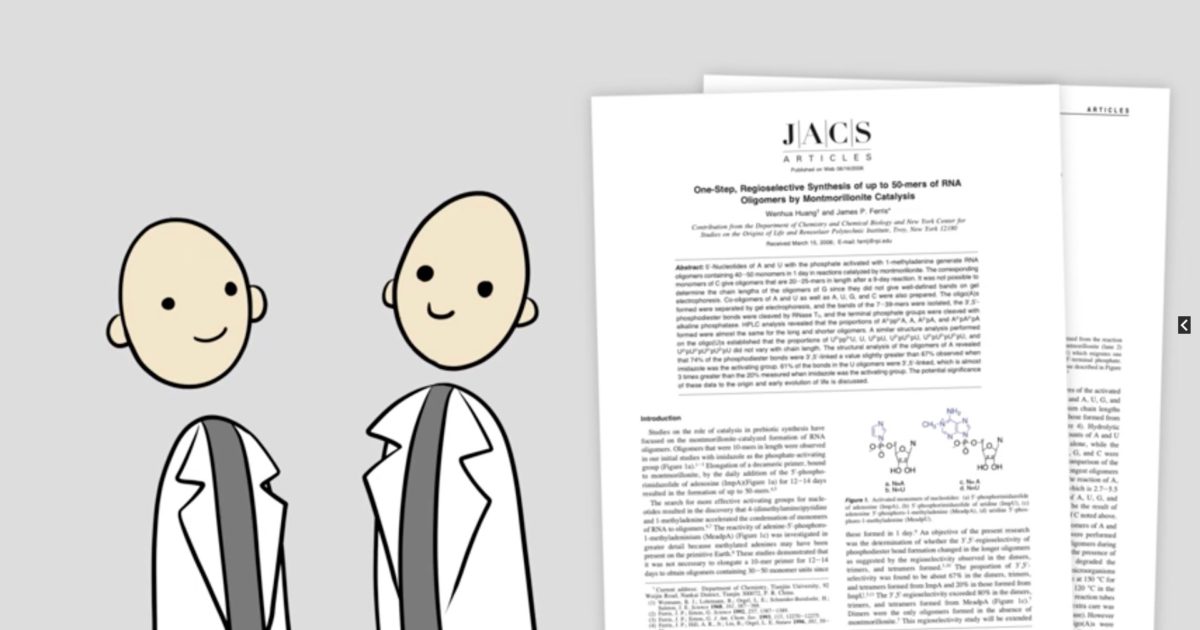
Long Story Short — Did Purely Natural Processes Produce Biopolymers?

New Animated Video Dismantles Origin-of-Life Hype

Purifying Bad Results: How Origin-of-Life Researchers Cheat via “Relay Synthesis”
